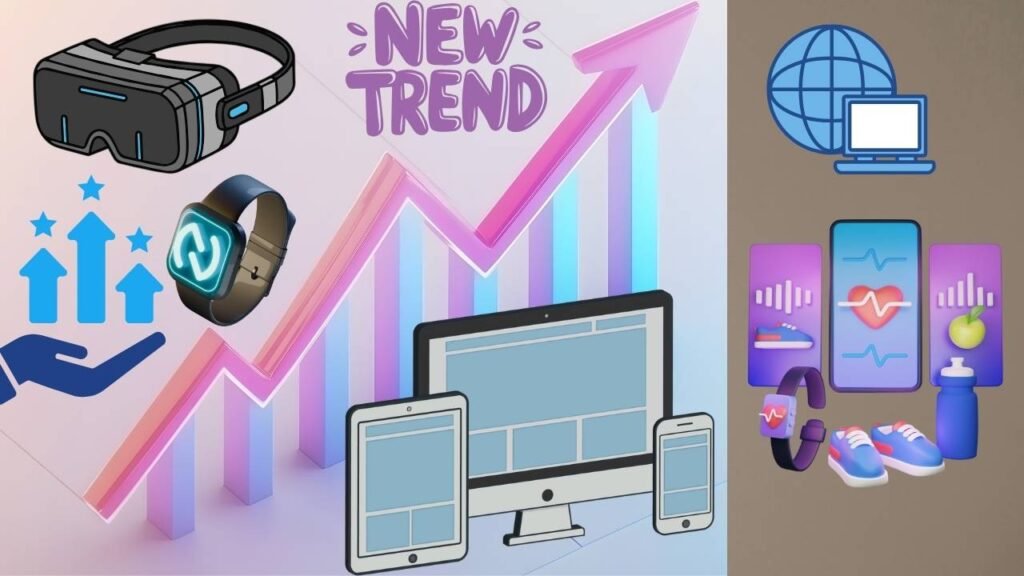Gadget / Wearable | Why It’s Promising | Likely Features / Use Cases |
Apple Watch Series 11 / Ultra 3 | Apple commands a strong hold in the U.S. smartwatch market. New models will likely push battery, health, and AI integration. | Advanced ECG, blood pressure estimation, AI coaching, satellite messaging, enhanced GPS, and longer battery life |
Google Pixel Watch 4 | Google is pushing its “wearables + AI” story in the U.S. market. | Gemini AI assistant integration, better sensors, faster charging, deeper Android/Google ties |
Smart Rings (Circular Ring 2, Luna Ring 2, etc.) | Rings combine discretion with advanced health tracking. Many were demoed at CES 2025. | ECG, sleep analytics, stress tracking, no subscription models, multi-day battery life |
AR / Smart Glasses (Oakley Meta Vanguard, Rokid Glasses) | AR glasses bring hands-free computing, vision overlays, and smart features. Meta’s Oakley push is U.S.-centric. | Heads-up notifications, navigation, fitness metrics, gesture controls, voice AI, transparency modes |
AI Health Bands & Next-Gen Smart Bands | More than steps: intelligent wellness, hydration, biomarkers. | AI-powered coaching, real-time biometrics, environmental integration, predictive health alerts |
Earwear & Smart Earbuds | The ear is a powerful site: constant contact, always listening. | Bio sensing (e.g., blood oxygen, heart rate), voice assistants, language translation, media + health combo |
Safety & Industrial Wearables | In workplaces and field operations, these devices are critical. | AR overlays for hazards, exoskeleton suits, biometric monitors, and AI predictive alerts |
Smart Clothing / Textiles | Clothing is becoming part of the tech stack. | Temperature regulation, posture correction, sensor-embedded shirts, performance fabrics |
Neural Interface Headbands / BCI wearables | Edge of innovation: brain-computer interfaces. | Mind-guided interactions, focus boosters, seizure detection, mental wellness aids |
Exoskeletons & Assistive Wearables | Enhancing physical capability, both for medical and industrial uses. | AI-driven support, motion sensors, battery-powered assist, data tracking for performance |
Ultrasound & Non-Invasive Health Gadgets | New diagnostic wearables beyond optical sensors. | Continuous blood pressure, ultrasound scanning, and organ health monitors |
Satellite-Connected Trackers / Devices | Bringing connectivity even to remote areas. | Uplink messaging, emergency SOS, minimal infrastructure reliance |
Hybrid Gadgets (Wearables + Augmented Devices) | Devices that combine multiple form factors (e.g., ring + earpiece + glasses). | Seamless transitions between wearables, data sync, and cross-device intelligence |
AI Personal Assistant Devices / Ambient Wearables | Devices integrated into everyday life that act as assistants. | Ambient sensing, proactive suggestions, context awareness |
Adaptive & Modular Gadgets | Devices you upgrade rather than replace. | Swappable sensor modules, firmware upgrades, modular hardware ecosystems |




